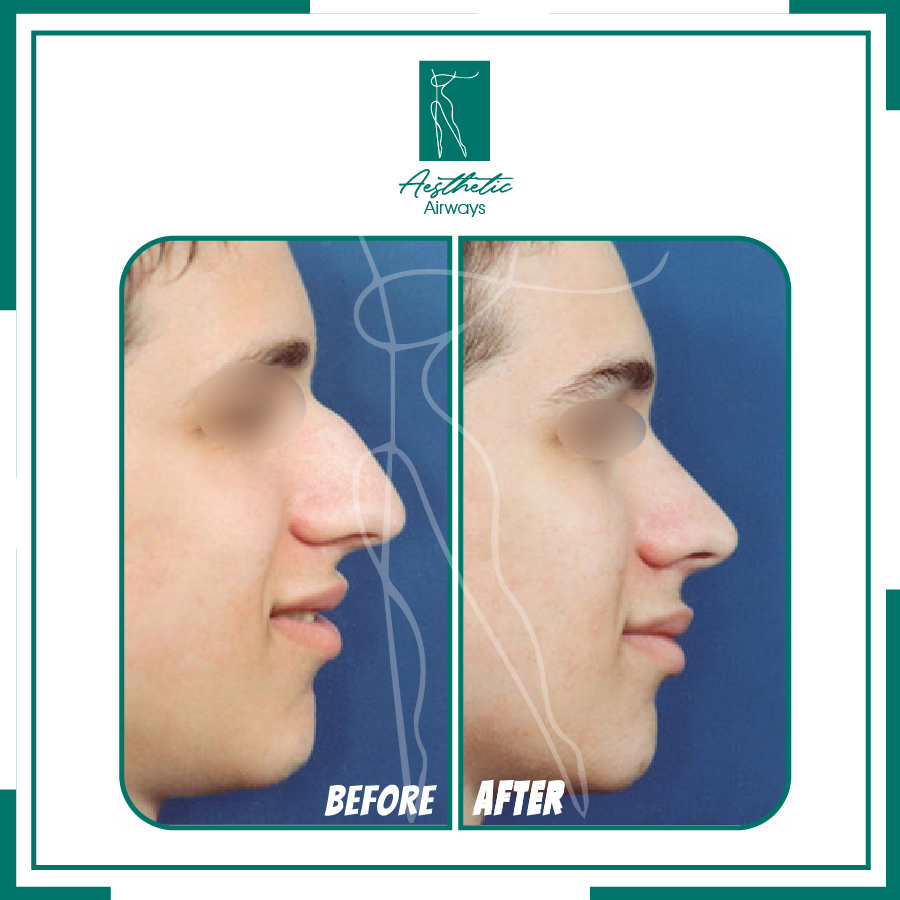A Guide to Septoplasty (Deviated Septum Surgery)
The Best Way to Treat a Deviated Septum: A Guide to Septoplasty (Deviated Septum Surgery)
The best way to treat a deviated septum is through a surgical procedure known as septoplasty. Septoplasty involves correcting the position of the septum to alleviate nasal obstruction and improve breathing. The procedure begins with an evaluation by an ENT specialist, who will assess the severity of the deviation and determine if septoplasty is the appropriate course of action. Pre-operative preparation involves discussing the procedure, potential risks, and expected outcomes with the surgeon. On the day of surgery, general anesthesia is administered, and the surgeon makes an incision inside the nose to access the septum. The deviated portions of the septum are then reshaped, repositioned, or removed to create a straighter nasal passage. Recovery typically involves a few days of nasal congestion, swelling, and mild discomfort, but these symptoms gradually improve. Following the surgeon’s post-operative instructions is crucial for a successful recovery and optimal results.
How Much Does a Nose Job Cost with Septoplasty?
The cost of a nose job (rhinoplasty) with septoplasty can vary significantly depending on several factors such as the geographical location, surgeon’s expertise, the complexity of the procedure, and additional fees such as anesthesia and facility charges. On average, in the United States, the combined cost of rhinoplasty with septoplasty ranges from $7,500 to $15,000 or more. It’s important to note that this estimate only includes the surgical fees and does not account for pre-operative consultations, post-operative care, medication, or potential revisions. Prices can also differ in other countries or regions. To get an accurate cost estimate, it is advisable to consult with a qualified plastic surgeon who can evaluate your specific needs and provide a personalized quote. Additionally, insurance coverage may apply to the septoplasty portion if it is deemed medically necessary, but coverage for cosmetic rhinoplasty is typically not included.
Septoplasty can Help with Breathing Problems
Septoplasty is a surgical procedure specifically designed to address breathing problems caused by a deviated septum. When the septum is crooked or misaligned, it can obstruct the nasal passages and impede proper airflow, leading to symptoms such as chronic nasal congestion, difficulty breathing through the nose, snoring, and sleep apnea. By straightening and repositioning the septum, septoplasty aims to improve nasal airflow, alleviate congestion, and enhance overall breathing function. This procedure can significantly relieve breathing problems and enhance the quality of life for individuals experiencing nasal obstruction due to a deviated septum. It is important to consult with an ENT specialist to determine if septoplasty is the right option for your specific condition.
Patient Information Sheet on Septoplasty
Septoplasty is a surgical procedure that aims to correct a deviated septum, which is the cartilage and bone that divides the nasal passages. This information sheet is designed to provide you with an overview of the procedure and important details to consider.
Before the surgery, you will have a consultation with your surgeon to discuss your symptoms, medical history, and goals for the procedure. Your surgeon will evaluate your nasal passages and may order additional tests or imaging to assess the severity of the deviation.
On the day of the surgery, you will be placed under anesthesia to ensure your comfort throughout the procedure. Your surgeon will make an incision inside your nose and access the septum. They will then reshape or reposition the septum to improve nasal airflow and alleviate breathing difficulties. In some cases, cartilage grafts may be used for support.
Following the surgery, you can expect some swelling, bruising, and congestion, which typically subside over time. Your surgeon may place nasal splints or packing to provide support during the initial healing phase. Pain medication and instructions for post-operative care, including wound care and activity restrictions, will be provided.
Recovery time varies for each individual, but most patients can resume normal activities within a week or two. It’s important to attend follow-up appointments as scheduled to monitor your progress and address any concerns.
While septoplasty is generally safe, there are risks associated with any surgical procedure, including bleeding, infection, changes in sensation, or unsatisfactory cosmetic outcomes. It is important to discuss these potential risks and complications with your surgeon and carefully follow their guidance for a successful recovery.
Recovery Timeline for Septoplasty
The recovery timeline for septoplasty can vary depending on individual factors, such as the extent of the surgery and the healing ability of the patient. However, in general, you can expect the following:
Immediately after the surgery, you may experience swelling, bruising, and nasal congestion. Nasal splints or packing may be placed to support the septum during the initial healing phase. In the first few days, rest and limited physical activity are recommended. You may need to take pain medication and use saline nasal rinses as instructed by your surgeon. Over the next week or two, the swelling and bruising will gradually subside, and you should notice improvements in breathing. Most patients can resume normal activities within a week or two, but it’s important to avoid strenuous exercise or activities that may increase nasal pressure for several weeks. Follow-up appointments with your surgeon will be scheduled to monitor your progress and remove any nasal packing or splints. Full recovery can take several weeks to a few months, during which time the nasal passages will continue to heal, and the final results of the surgery will become apparent. It’s essential to follow your surgeon’s post-operative care instructions and contact them if you have any concerns or questions during the recovery period.




